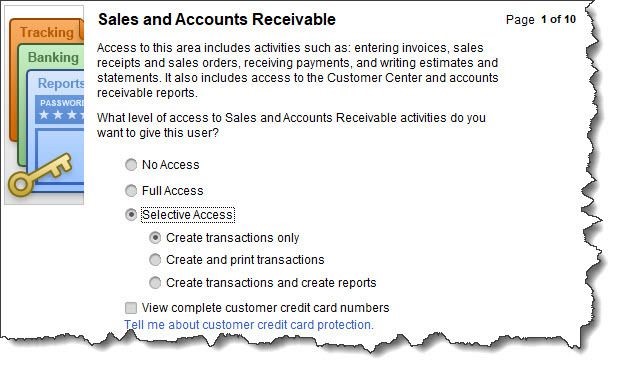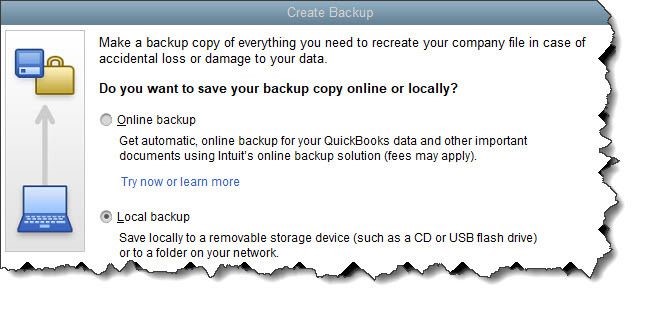How to Protect Your QuickBooks Data (Desktop Version)
The data in your QuickBooks file contains sensitive information. Make sure it is secure and protected from intruders and only viewed by authorized employees.
Restrict access by setting up user permissions.
If you have multiple staff members using QuickBooks, do not share the same user name and password as it gives everyone access to all data and activity. Also, if something goes awry, you have no way of knowing when or how it happened, and who was responsible. To protect yourself and everyone else who logs in, it is critical that all users have their own unique logins and only be allowed to access information and functions that relate to their job duties.

To assign these permission levels, open the Company menu and click on Set Up Users and Passwords, then Set Up Users. This opens the User List window (You will need to be logged in as the Admin). Click Add User. Enter a user name and password for an employee who needs access (the password can be changed later). Click Next The next screen lists three options. You can grant access to all areas or to selected areas. You can also create a login for external accountant (if relevant), which allows that user to see everything except sensitive customer data. Select the second option and click Next. You can see in the image above that you can give the employee different levels of responsibility. When you have made your choice, click Next. The subsequent screens deal with different areas of QuickBooks and their related activities.
Tip: When you need to change your password, go to Company | Set Up Users and Passwords | Change Your Password.
Save your company file elsewhere.
You should be regularly backing up your company file to an external storage device (like a thumb drive, external hard drive, etc.). To set this up, open the File menu and select Back Up Company, then Create Local Backup. This window will open:

Make sure Local backup is selected, then click the Options button below. Click Browse to see a directory of your PC and select the correct destination. Leave the two boxes below it checked; this will add the backup date/time to the filename and limit the number of backup copies to three.
By default, QuickBooks will remind you to back up your file every fourth time you close your company file; you can change this number if you prefer. Leave the Complete verification option checked and click OK, then Next. Specify when you want to save your backup copy and click Next again. You can schedule regular backups of your company file on the next screen if you would like. When you have completed this screen, click Finish.
You should also consider saving a copy of your company file to the cloud. Intuit offers its own service for this; at the time of this article it costs $9.95/month or $99.95 annually, and gives you 100 GB of storage space, so you can back up other critical business files, too.
Additional Tips for Protecting Your QuickBooks File
There are other things you can do to protect your QuickBooks data, including:
- Insist on strong passwords. Yes, it’s a pain to create and remember them, but helpful in keeping unwanted access.
- Keep everything updated. That includes your operating system and anything else that requires updates.
- Minimize web browsing on work computers and remind employees about smart email behaviors.
We recommend you come up with a schedule for backing up your QuickBooks file and setup each user with their own log in information to safeguard your data.
